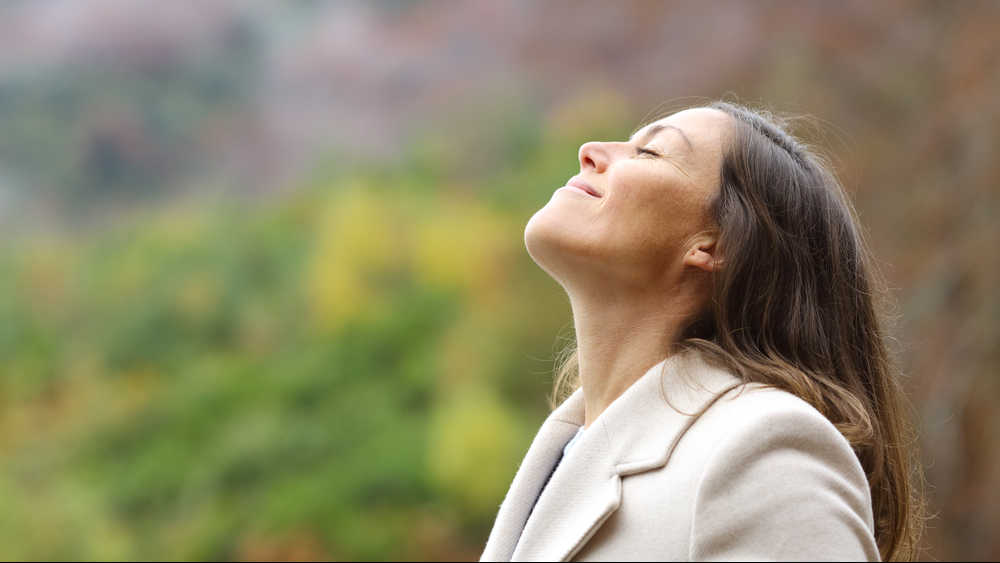We breathe to stay alive. The rate of breathing can be up to 60 times a minute at birth. This then falls to 12-16 times during adolescence and remains that through life. In the process of breathing, we take in air containing 20 per cent oxygen. The concentration falls to around 16 per cent when it is exhaled. The blood oxygen saturation is usually 95 per cent or higher. If the pulse oximeter shows 90 per cent or lower, you need to contact a physician. This requires supplementing with oxygen.
Breathing is involuntary. Centres in the brain respond to changes in the oxygen and carbon dioxide levels in our blood. They send signals to the respiratory muscles. The rate of respiration automatically goes up with exercise and some infectious and metabolic diseases. The rate of can slow down with stroke and some metabolic diseases such as hypothyroidism. The rate of respiration can be increased or decreased voluntarily. It can be made more efficient with yoga. It is, of course, not possible to voluntarily stop breathing.
Covid-19 affects the oxygen saturation in the blood. This is because the coronavirus affects the entire respiratory tract. As it attacks the cells, the body responds with inflammation, exuding mucous and debris which fill the bronchi, bronchioli and alveoli (air sacs). Air exchange (oxygen for carbon dioxide) is affected and the saturation level falls. The brain senses this and tries to increase the respiratory rate. The oxygen level falls critically only in 14-20 per cent people — they then develop shortness of breath, fatigue and inability to speak complete sentences.
Portable oxygen concentrators have saved many patients. These work by selectively removing nitrogen from atmospheric air and concentrating oxygen and supplying it to the affected individual. They do not require refilling and are less likely to catch fire.
Of those who get Covid-19, 20 per cent develop complications, requiring ventilator support and oxygen. They are likely to be in the older age group. Younger people who develop complications may have other comorbidities. They may be obese, al-coholic, tobacco users or have uncontrolled lifestyle diseases such as diabetes or hypertension. Age cannot be reversed but, with a little effort, comorbidities in the younger people can be controlled — much of it is due to an inactive lifestyle facilitated by long working hours and easy availability of mechanised transport.
In our industrialised society, many have lost the ability to breathe well. While breathing in, the abdomen should move out to increase the capacity of the chest and facilitate lung expansion. Often, people have shallow, rapid, inefficient breathing. As they breathe in, the abdomen also moves inwards, thereby decreasing the lung capacity. Efficient breathing means good air exchange and less likelihood of lung infections causing decreased oxygen saturation.
Yoga teaches correct breathing techniques. These are the traditional pranayama asanas. In addition, bhramari or humming bee breathing increases nitric oxide concentration and exhalation of carbon dioxide — this has been tested and proven. It makes the blood more alkaline and reduces coagulation, heart attacks, stroke and ventilator-dependence in Covid-19. If you cannot go to yoga classes, watch the exercises on YouTube and do them every day.
Even athletes and other fit people have developed the coronavirus infection, but the majority survived. The duration of their illness was shorter too. Forty minutes of brisk walking and 20 minutes of breathing exercises and other yoga asanas along with immunisation against Covid-19 might save your life.

